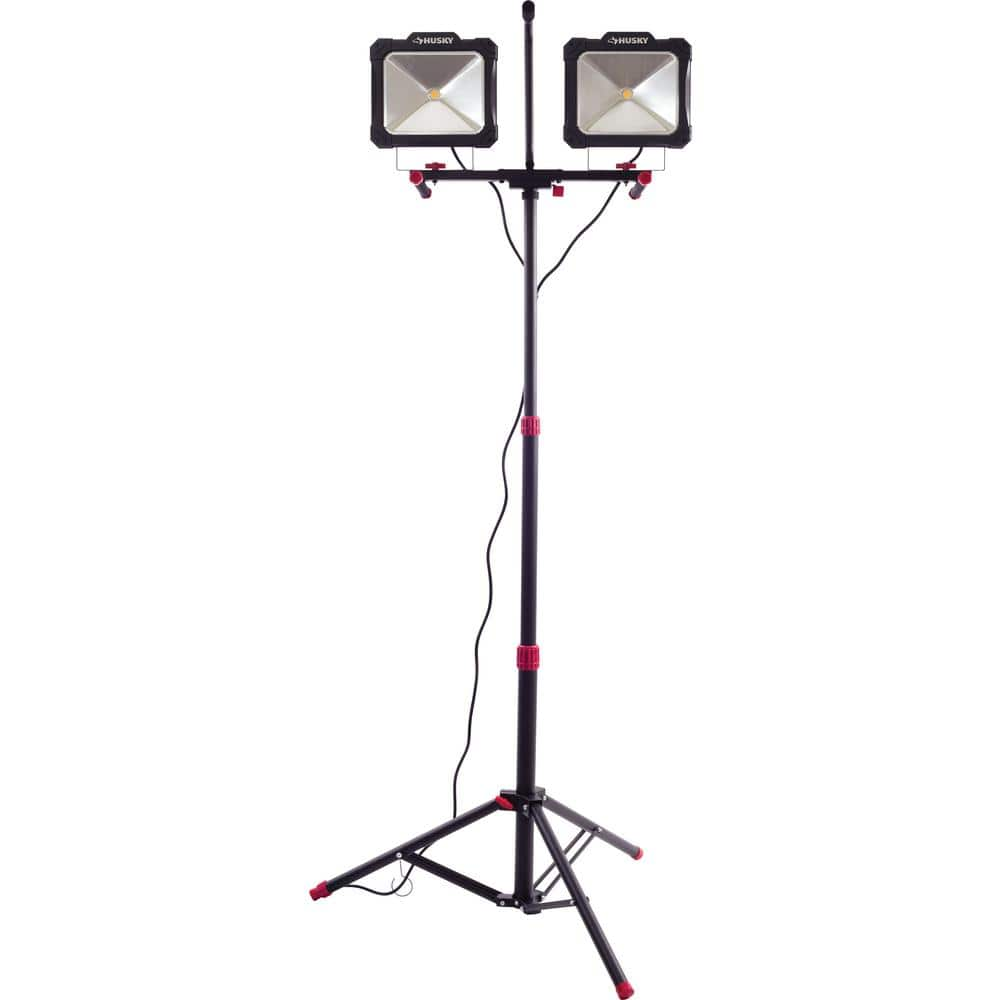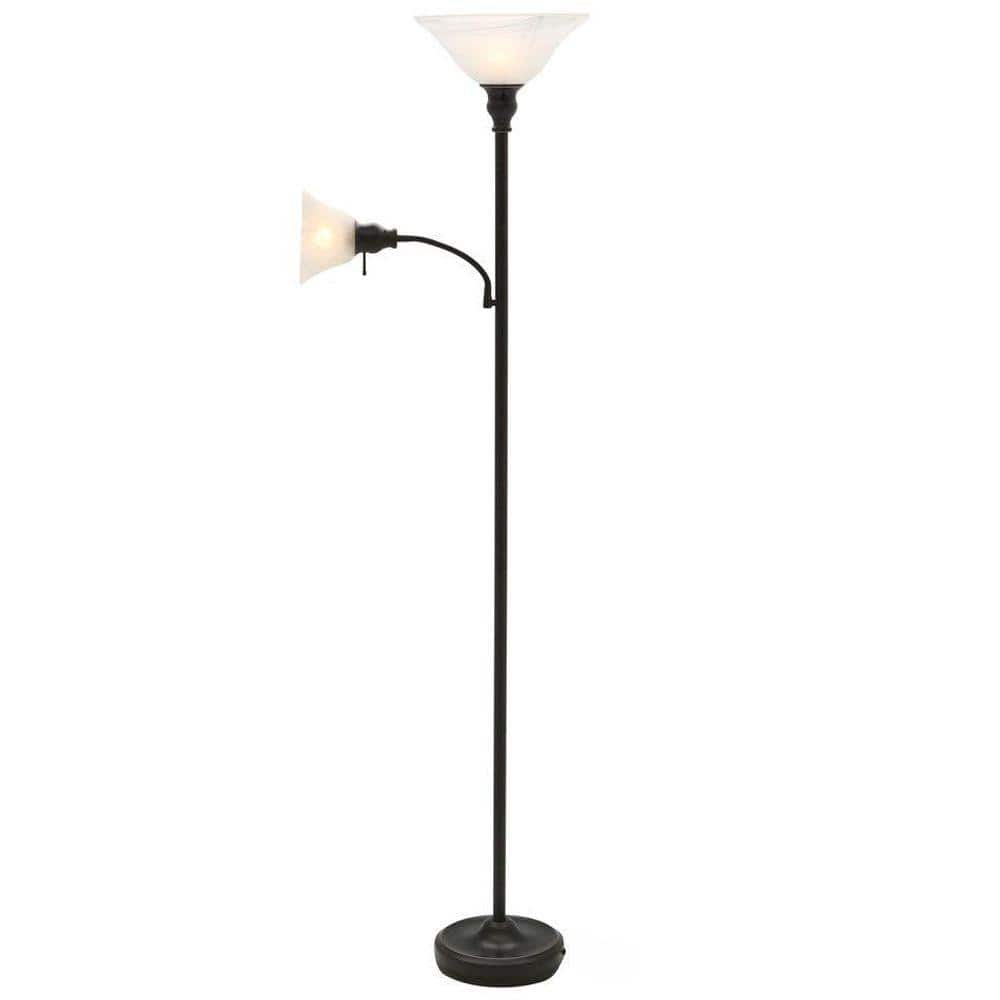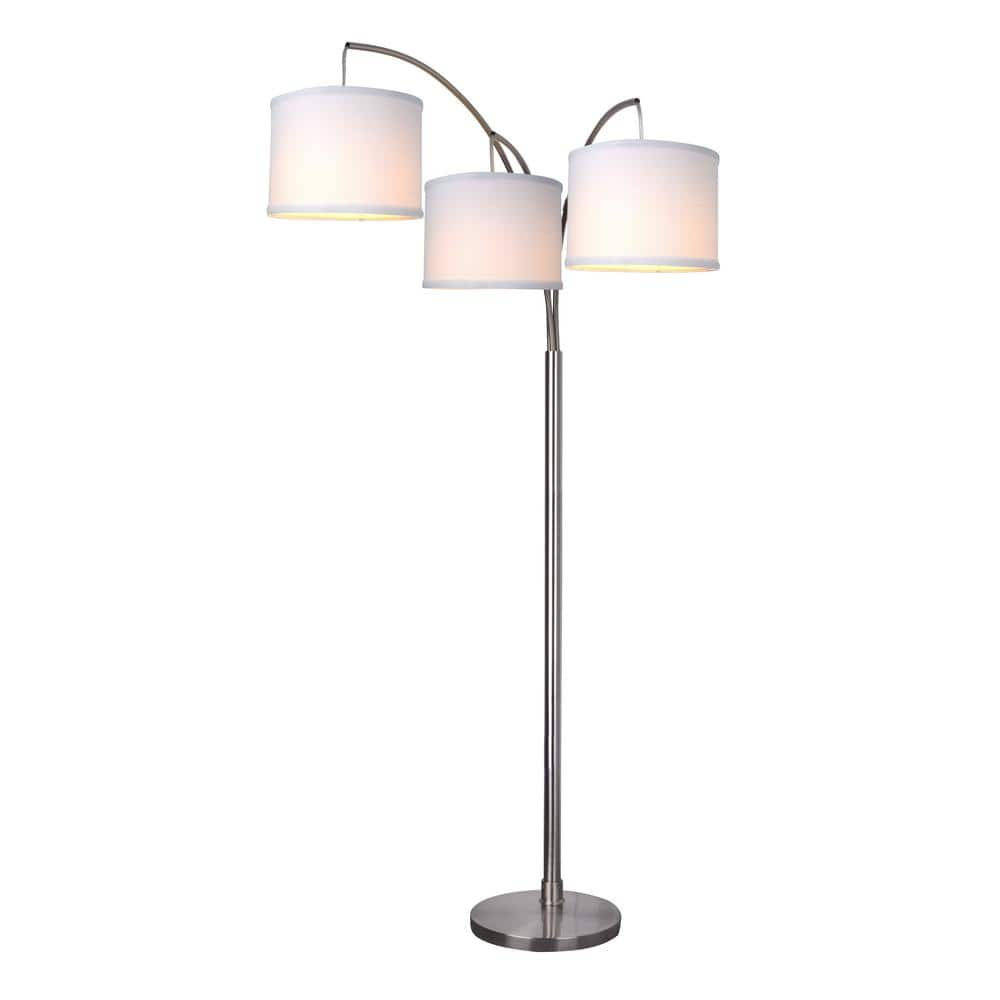KAWOTI 12-Light 40 in. Distressed Gold Wagon Wheel Chandelier
Distressed gold finish adds chic charm. Adjustable chain enables versatile installation. Classic but sleek design chanderlier suits many living spaces.
This candle-style wagon wheel chandelier is great for adding a touch of rustic, industrial-inspired style to your space. Crafted from iron in a wagon-wheel shape brings modern farmhouse aesthetics. Its canopy is compatible with sloped ceilings, and it hangs from a single chain that adjusts between 35″ to 60″ to suit your home. Plus, we also provide two options of 1-tier and 2-tier for your choice.
- Sturdy metal body hand painted in distressed gold
- Adjustable hanging chain for different space height
- Traditional candle-style brings an classical feature
- Dimmable with dimmer switch (not included)
- Perfect for completing your family room.
- Compatible with E12 bulb base (bulbs not included)
- Suitable for high ceiling
Additional information
| Chain Length (in.) | 60 |
|---|---|
| Fixture Depth (in.) | 40 |
| Fixture Height (in.) | 29.75 |
| Fixture Weight (lb.) | 15 |
| Fixture Width (in.) | 40 |
| Maximum Hanging Length (in.) | 29.7 |
| Mounting Deck Height (in.) | 0.75 |
| Mounting Deck Width (in.) | 5 |
| Certifications and Listings | ETL Listed |
| Manufacturer Warranty | Limited warranty for one (1) year from date of purchase. |
Twelve or 12 may refer to:
- 12 (number)
- December, the twelfth and final month of the year
- Dozen, a group of twelve.
40 or forty commonly refers to:
- 40 (number)
- one of the years 40 BC, AD 40, 1940, 2040
40 or forty may also refer to:
A chandelier () is an ornamental lighting device, typically with spreading branched supports for multiple lights, designed to be hung from the ceiling. Chandeliers are often ornate, and they were originally designed to hold candles, but now incandescent light bulbs are commonly used, as well as fluorescent lamps and LEDs.
A wide variety of materials ranging from wood and earthenware to silver and gold can be used to make chandeliers. Brass is one of the most popular with Dutch or Flemish brass chandeliers being the best-known, but glass is the material most commonly associated with chandeliers. True glass chandeliers were first developed in Italy, England, France, and Bohemia in the 18th century. Classic glass and crystal chandeliers have arrays of hanging "crystal" prisms to illuminate a room with refracted light. Contemporary chandeliers may assume a more minimalist design, and they may illuminate a room with direct light from the lamps or are equipped with translucent glass shades covering each lamp. Chandeliers produced nowadays can assume a wide variety of styles that span modernized and traditional designs or a combination of both.
Although chandeliers have been called candelabras, chandeliers can be distinguished from candelabras which are designed to stand on tables or the floor, while chandeliers are hung from the ceiling. They are also distinct from pendant lights, as they usually consist of multiple lamps and hang in branched frames, whereas pendant lights hang from a single cord and only contain one or two lamps with few decorative elements. Due to their size, they are often installed in large hallways and staircases, living rooms, lounges, and dining rooms, often as focus of the room. Small chandeliers can be installed in smaller spaces such as bedrooms or small living spaces, while large chandeliers are typically installed in the grand rooms of buildings such as halls and lobbies, or in religious buildings such as churches, synagogues or mosques.
Gold is a chemical element with the chemical symbol Au (from Latin aurum) and atomic number 79. In its pure form, it is a bright, slightly orange-yellow, dense, soft, malleable, and ductile metal. Chemically, gold is a transition metal, a group 11 element, and one of the noble metals. It is one of the least reactive chemical elements, being the second-lowest in the reactivity series. It is solid under standard conditions.
Gold often occurs in free elemental (native state), as nuggets or grains, in rocks, veins, and alluvial deposits. It occurs in a solid solution series with the native element silver (as in electrum), naturally alloyed with other metals like copper and palladium, and mineral inclusions such as within pyrite. Less commonly, it occurs in minerals as gold compounds, often with tellurium (gold tellurides).
Gold is resistant to most acids, though it does dissolve in aqua regia (a mixture of nitric acid and hydrochloric acid), forming a soluble tetrachloroaurate anion. Gold is insoluble in nitric acid alone, which dissolves silver and base metals, a property long used to refine gold and confirm the presence of gold in metallic substances, giving rise to the term 'acid test'. Gold dissolves in alkaline solutions of cyanide, which are used in mining and electroplating. Gold also dissolves in mercury, forming amalgam alloys, and as the gold acts simply as a solute, this is not a chemical reaction.
A relatively rare element, gold is a precious metal that has been used for coinage, jewelry, and other works of art throughout recorded history. In the past, a gold standard was often implemented as a monetary policy. Gold coins ceased to be minted as a circulating currency in the 1930s, and the world gold standard was abandoned for a fiat currency system after the Nixon shock measures of 1971.
In 2023, the world's largest gold producer was China, followed by Russia and Australia. As of 2020, a total of around 201,296 tonnes of gold exist above ground. This is equal to a cube, with each side measuring roughly 21.7 meters (71 ft). The world's consumption of new gold produced is about 50% in jewelry, 40% in investments, and 10% in industry. Gold's high malleability, ductility, resistance to corrosion and most other chemical reactions, as well as conductivity of electricity have led to its continued use in corrosion-resistant electrical connectors in all types of computerized devices (its chief industrial use). Gold is also used in infrared shielding, the production of colored glass, gold leafing, and tooth restoration. Certain gold salts are still used as anti-inflammatory agents in medicine.
Light, visible light, or visible radiation is electromagnetic radiation that can be perceived by the human eye. Visible light spans the visible spectrum and is usually defined as having wavelengths in the range of 400–700 nanometres (nm), corresponding to frequencies of 750–420 terahertz. The visible band sits adjacent to the infrared (with longer wavelengths and lower frequencies) and the ultraviolet (with shorter wavelengths and higher frequencies), called collectively optical radiation.
In physics, the term "light" may refer more broadly to electromagnetic radiation of any wavelength, whether visible or not. In this sense, gamma rays, X-rays, microwaves and radio waves are also light. The primary properties of light are intensity, propagation direction, frequency or wavelength spectrum, and polarization. Its speed in vacuum, 299792458 m/s, is one of the fundamental constants of nature. Like all types of electromagnetic radiation, visible light propagates by massless elementary particles called photons that represents the quanta of electromagnetic field, and can be analyzed as both waves and particles. The study of light, known as optics, is an important research area in modern physics.
The main source of natural light on Earth is the Sun. Historically, another important source of light for humans has been fire, from ancient campfires to modern kerosene lamps. With the development of electric lights and power systems, electric lighting has effectively replaced firelight.
A wagon (or waggon in British English) is a heavy four-wheeled vehicle pulled by draft animals or on occasion by humans, used for transporting goods, commodities, agricultural materials, supplies and sometimes people.
Wagons are immediately distinguished from carts (which have two wheels) and from lighter four-wheeled vehicles primarily for carrying people, such as carriages. Animals such as horses, mules, or oxen usually pull wagons. One animal or several, often in pairs or teams may pull wagons. However, there are examples of human-propelled wagons, such as mining corfs.
A wagon was formerly called a wain and one who builds or repairs wagons is a wainwright. More specifically, a wain is a type of horse- or oxen-drawn, load-carrying vehicle, used for agricultural purposes rather than transporting people. A wagon or cart, usually four-wheeled; for example, a haywain, normally has four wheels, but the term has now acquired slightly poetical connotations, so is not always used with technical correctness. However, a two-wheeled "haywain" would be a hay cart, as opposed to a carriage. Wain is also an archaic term for a chariot. Wain can also be a verb, to carry or deliver, and has other meanings.
Contemporary or modern animal-drawn wagons may be of metal instead of wood and have regular wheels with rubber tires instead of traditional wagon wheels.
A person who drives wagons is called a "wagoner", a "teamster", a "bullocky" (Australia), a "muleteer", or simply a "driver".
Wagons have served numerous purposes, with numerous corresponding designs. As with motorized vehicles, some are designed to serve as many functions as possible, while others are highly specialized.
A wheel is a rotating component (typically circular in shape) that is intended to turn on an axle bearing. The wheel is one of the key components of the wheel and axle which is one of the six simple machines. Wheels, in conjunction with axles, allow heavy objects to be moved easily facilitating movement or transportation while supporting a load, or performing labor in machines. Wheels are also used for other purposes, such as a ship's wheel, steering wheel, potter's wheel, and flywheel.
Common examples can be found in transport applications. A wheel reduces friction by facilitating motion by rolling together with the use of axles. In order for wheels to rotate, a moment needs to be applied to the wheel about its axis, either by way of gravity or by the application of another external force or torque.






Reviews
There are no reviews yet.